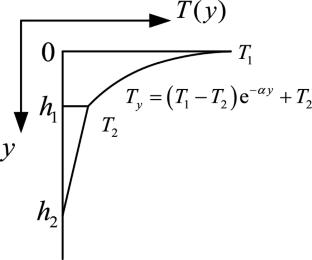Temperature Effect Analysis of Large Segment Factory Manufacturing Alignment of Steel Box Girder
Abstract
The construction of the cross-sea steel box girder bridge is gradually advancing and integrating, which particularly reflects in the size of the bridge. The length of a single installation segment often exceeds 100 m. The alignment of the steel box girder is significantly affected by the temperature effect during manufacturing. This paper investigates the impact of temperature gradient on corresponding alignment at the manufacturing stage for the large-segment steel box girder taking a large-span continuous steel box girder bridge as a case study. The inspection of temperature during the assembly procedure was carried out. After obtaining the data during welding, the influence of the temperature was evaluated using a finite element model. The results show that with the temperature gradient measured, the deflection of the second suspension of the mid-span reaches 10.9 mm and the deflection of the cantilever end reaches 17.1 mm, respectively. The deformation conforms to the code specifications when considering the influence of the temperature gradient effect. The corresponding pre-camber value should be set for the large segments assembled outdoor. At the same time, welding operation should be carried out under the preset temperature difference to partially eliminate the impact of temperature gradient.


 求助内容:
求助内容: 应助结果提醒方式:
应助结果提醒方式:


